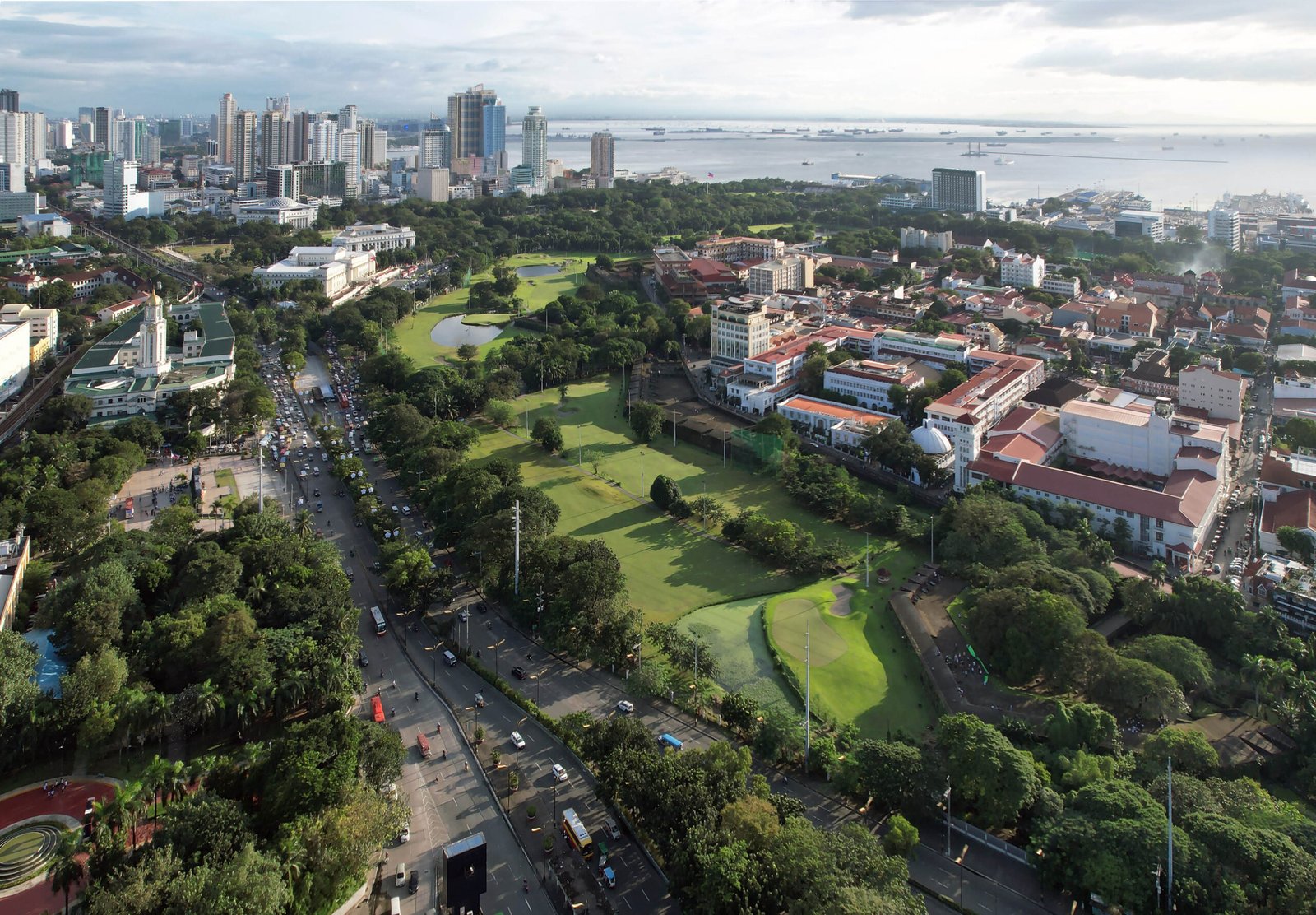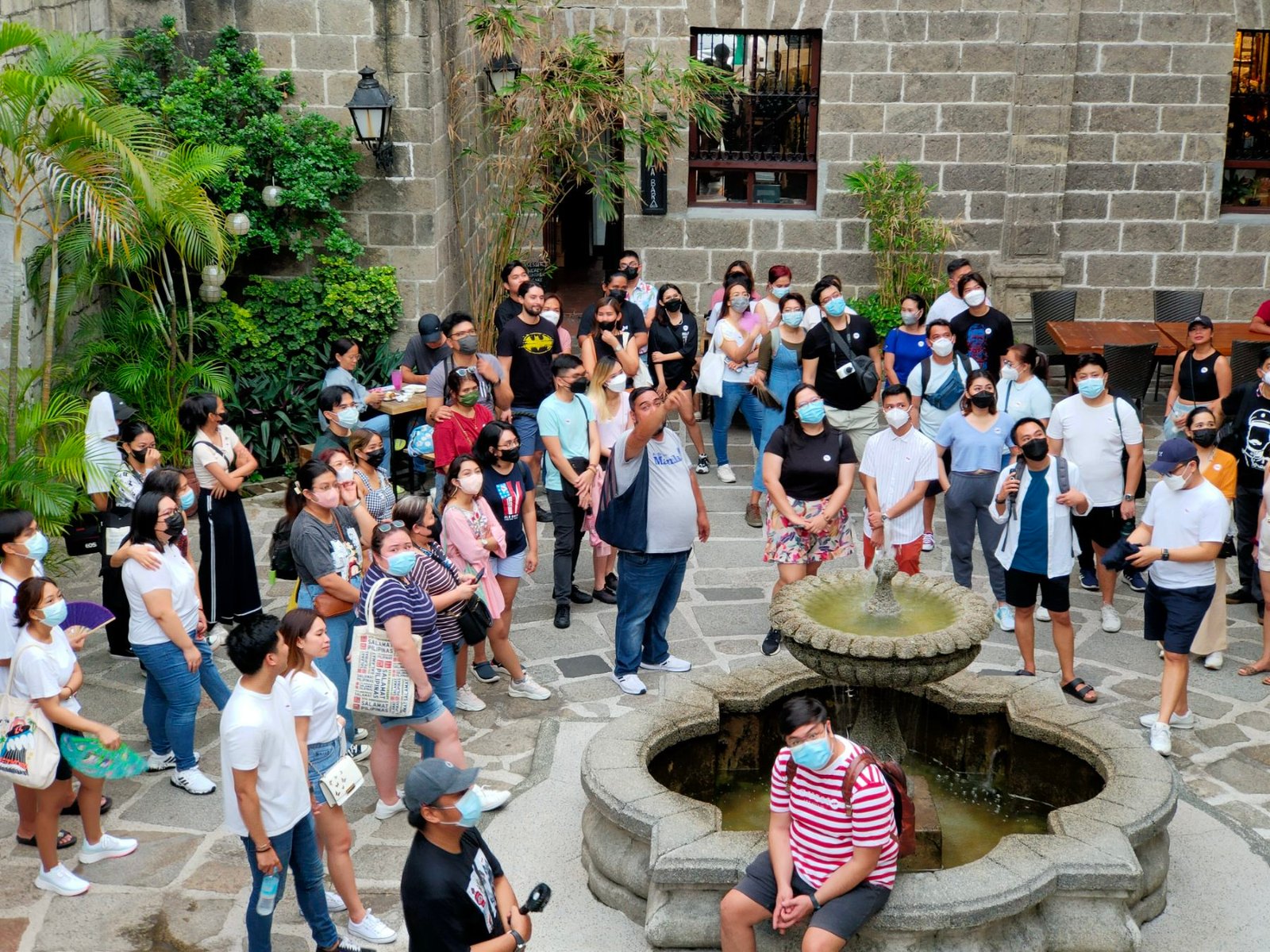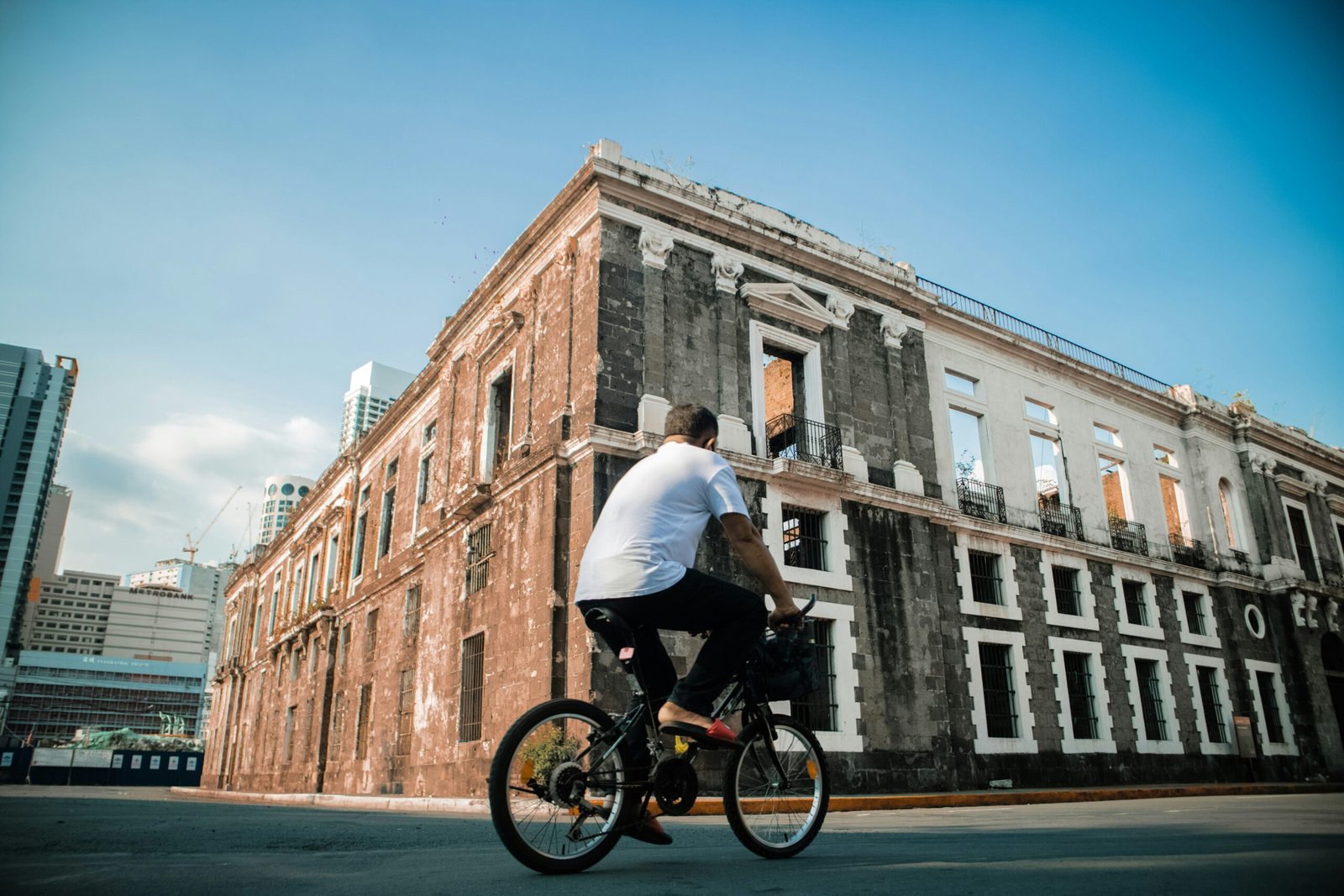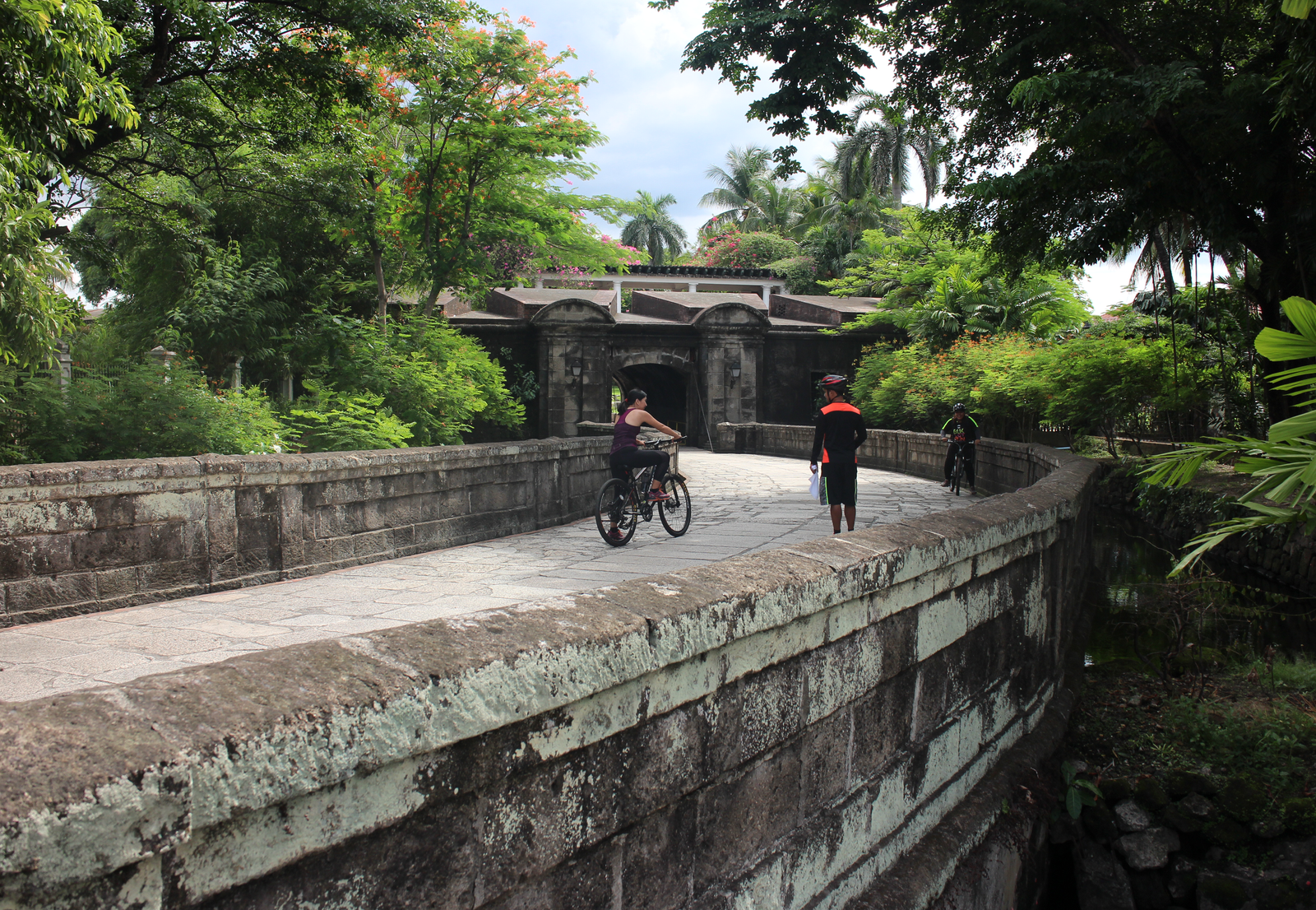Words Gabrielle de la Cruz
Information Rancho Arcilla and UNESCO
Another win for Philippine heritage! In a Facebook post today, March 11, 2024, Senior Planning Officer of the Intramuros Administration and Chairperson of the Intramuros Technical Committee on Architectural Standards (TCAS) Rancho Arcilla shared that Intramuros is officially “now in UNESCO’s Tentative List of World Heritage Sites.”
The entry, Colonial Urban Plan and Fortifications of the Walled City of Manila, was submitted last February 7, 2024, and states that the “16th-century gridiron urban plan of Intramuros, a masterstroke of colonial urban planning in the Early Modern Era, is exceptionally intact.”


With its irregular pentagon shape intended to host various bulwarks strategically positioned for the defense of the city, Intramuros has survived several historical events, including the Battle of Manila from 1944 to 1945 during the Second World War. For more than three centuries, the 0.67 square kilometer walled wonder also served as the capital of the Spanish colonial empire in the Far East. Today, it serves as a historical center and is home to select Philippine landmarks and heritage structures, including the 1571 San Agustin Church, which was declared a UNESCO World Heritage Site in 1993.


The entry furthers that Intramuros “captures, as a landscape, various layers of significance as a witness to the transformative social, historical, economic, religious, and political events of the City of Manila and of the Philippines itself as a result of the intersection between the cultures of Asia, Europe, and America – the primary locus of trade, connection, and competition between these continents in the Western Pacific.”


Arcilla developed the arguments for nomination with Atty. Mark Evidente, a licensed urban planner, tourism development planner, and President of the sustainability consulting firm TwoEco. Below is the summary of points Arcilla stated in his post:
Criteria (II)
· Intramuros’ urban plan is an outstanding intermarriage of Western and New World urban techniques produced in an Asian setting in the Age of Colonization and the Early Modern Era.
· Intramuros’ fortification system represents an intermarriage of Western fortification science and technology and local construction materials, craftsmanship, and labor.
Criteria (IV)
· The Walled City is the most extensive and sprawling colonial fortification system in Southeast Asia.
· Among colonial towns in Asia, the fortifications of Intramuros is unparalleled in terms of completeness, intactness, volume, and scale.
Justification of Outstanding Universal Value
· The Historic Centre of Manila became the nexus of global trade in the Western Pacific, the crucial point of convergence between East and Southeast Asia with the Americas, and onward to Europe. It was the focus of contestation between colonial powers, shaping the culture and identity of the Philippines, ultimately being reflected and reflected in its built environment.


“With these considerations, the urban plan and fortifications of Intramuros is unparalleled anywhere in the world,” Arcilla ended. He also emphasized that these arguments “require further research,” but they are “fairly confident” about their assertions. They also welcome any research proving or disproving any of the mentioned points.
Intramuros is joined by six more new Philippine sites in UNESCO’s Tentative List of World Heritage Sites: The Sugar Cultural Landscape of Negros and Panay Islands; The Historic Towns and Landscape of Taal Volcano and its Caldera Lake; Kitanglad and Kalatungan Mountain Ranges: Sacred Sites of Bukidnon; Samar Island Natural Park; Rice Terraces of the Philippine Cordilleras (Extension); and Mount Hamiguitan Range Wildlife Sanctuary (Extension) – Pujada Bay.


According to UNESCO, “until the end of 2004, World Heritage sites were selected on the basis of six cultural and four natural criteria. With the adoption of the revised Operational Guidelines for the Implementation of the World Heritage Convention, only one set of ten criteria exists.”
Selection criteria
(I)
to represent a masterpiece of human creative genius;
(II)
to exhibit an important interchange of human values, over a span of time or within a cultural area of the world, on developments in architecture or technology, monumental arts, town-planning or landscape design;
(III)
to bear a unique or at least exceptional testimony to a cultural tradition or to a civilization which is living or which has disappeared;
(IV)
to be an outstanding example of a type of building, architectural or technological ensemble or landscape which illustrates (a) significant stage(s) in human history;
(V)
to be an outstanding example of a traditional human settlement, land-use, or sea-use which is representative of a culture (or cultures), or human interaction with the environment especially when it has become vulnerable under the impact of irreversible change;
(VI)
to be directly or tangibly associated with events or living traditions, with ideas, or with beliefs, with artistic and literary works of outstanding universal significance. (The Committee considers that this criterion should preferably be used in conjunction with other criteria);
(VII)
to contain superlative natural phenomena or areas of exceptional natural beauty and aesthetic importance;
(VIIII)
to be outstanding examples representing major stages of earth’s history, including the record of life, significant on-going geological processes in the development of landforms, or significant geomorphic or physiographic features;
(IX)
to be outstanding examples representing significant on-going ecological and biological processes in the evolution and development of terrestrial, fresh water, coastal and marine ecosystems and communities of plants and animals;
(X)
to contain the most important and significant natural habitats for in-situ conservation of biological diversity, including those containing threatened species of outstanding universal value from the point of view of science or conservation.


As of writing, there are 23 Philippine entries listed under UNESCO’s Tentative List. All sites will go through the rigorous process of UNESCO and can gain inscription as a World Heritage Site, provided that they meet at least one (1) out of ten (10) criteria and prove to be of “outstanding universal value.” •

